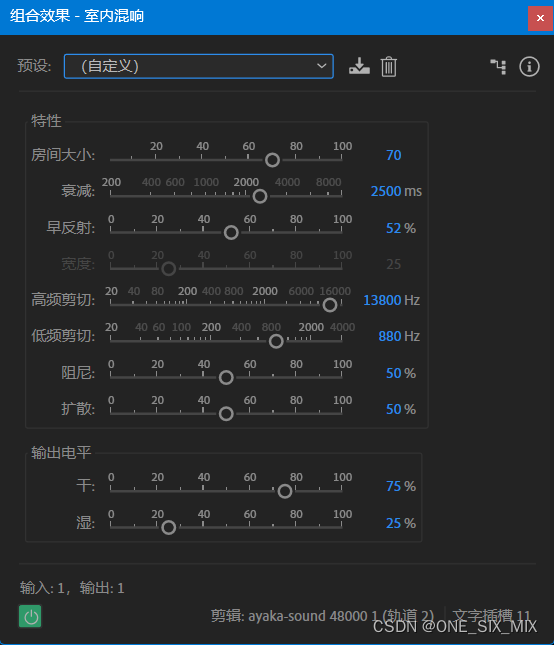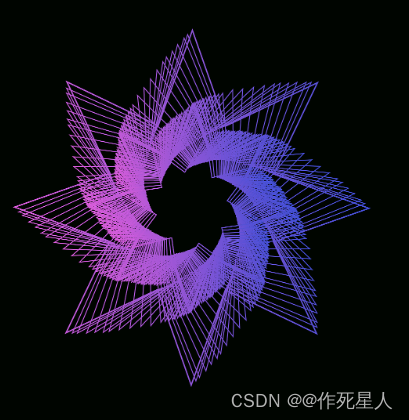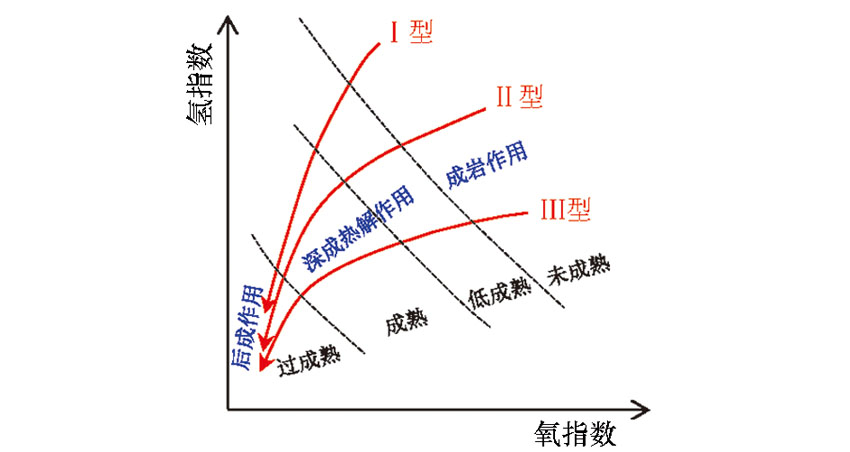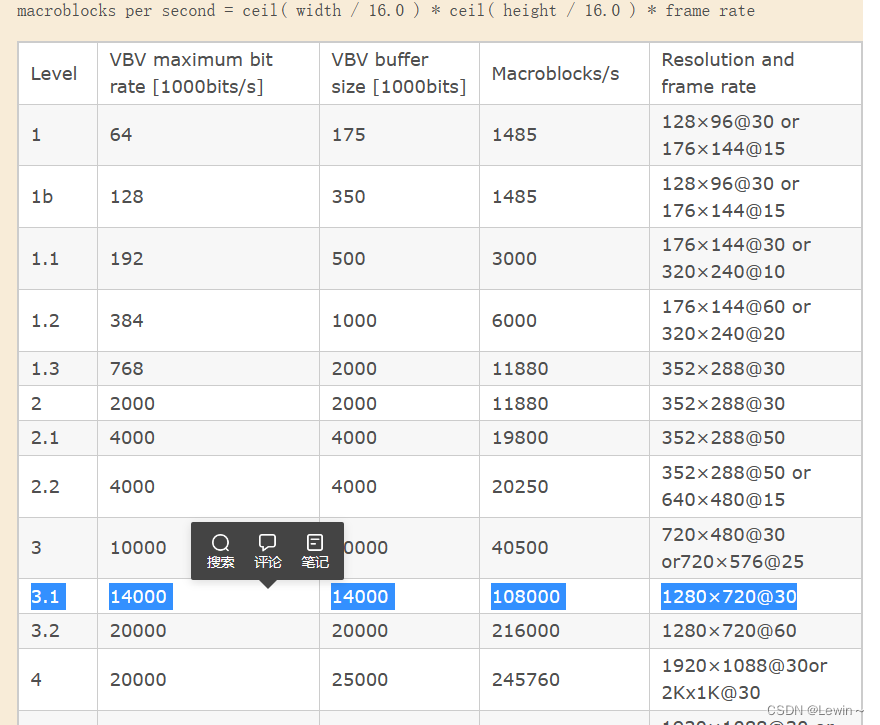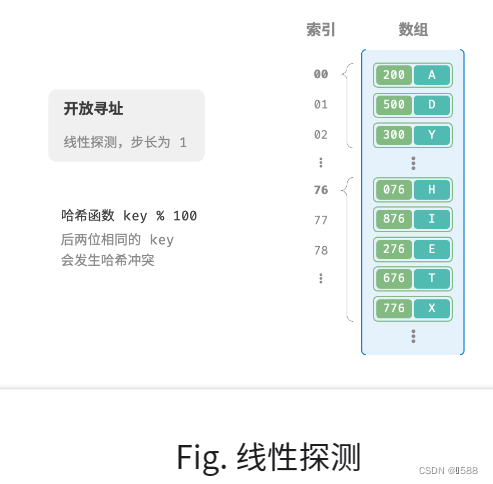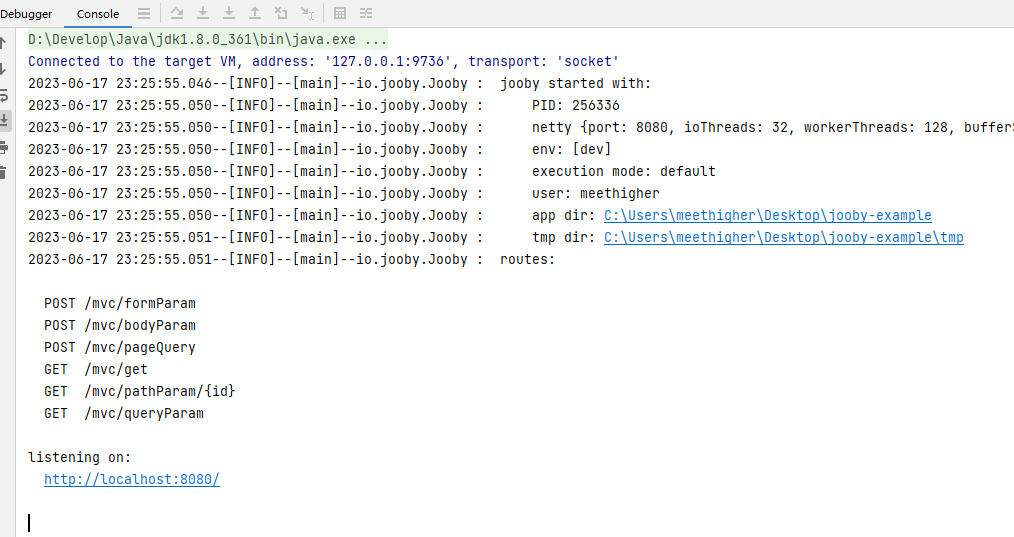1. Introduction
Comparison of different automatic identification technologies
首先明确一下比较对象。human identification(cost too high)是人力识别就不用说了。
fingerprint identification:
- stability 稳定,精确度高;
- high speed, 快速匹配;
- security issues: 容易被复制。
face recognition:
- easy to be influenced by surroundings, hair, age…
speech recognition:
- easy to use and accept by user;
- not involve privacy;
- due to international standards, is hard to promoting
1d barcode:
- limit storage capacity, 点线组合少;
- need to combine with database;
- barcode size is large;
- poor fault tolerance, 本来就需要摄像头可见,如果被污损遮挡很容易就无法识别;
2d barcode recognition:
- larger storage capacity;
- high information density;
- powerful fault tolerance;
- support for encryption 容量大了就支持更多编码解码等安全措施了。
rfid:
- low cost;
- low power consumption;
- high accuracy;
- non-contract, fast speed; 不用接触(哪怕是visual,薄纱条码)
- certain computing and storage capabilities;
主要考虑各个的缺点,人脸和声音特征点多速度慢,而且人脸容易被影响,声音由于国际标准技术难以提升;条码需要视觉可见;指纹容易被盗取。
The main features of RFID
-
Non-contact automatic and rapid identification 快速薄纱复杂的人脸和声音,无接触薄纱条码和指纹
-
Permanently store a certain amount of data 永久存储一定量数据
-
Simple logical processing 其包含的简单逻辑电路允许做一定的逻辑处理,比如安全协议、算法
-
Reflection signal strength is affected by the distance and other factors significantly 信号受到距离,读写器功率,其他信号,其他标签的干扰
-
Low cost, can be deployed at a large scale
Constraints of RFID technology
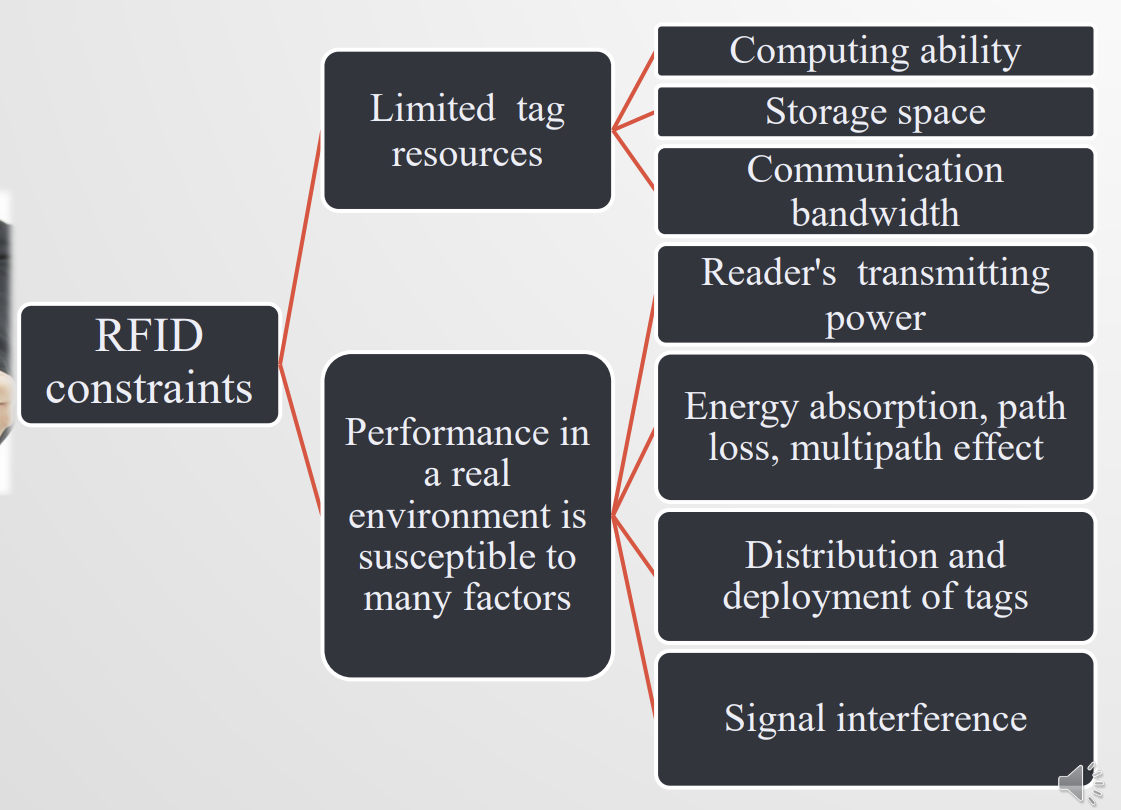
Core technologies of RFID
Anti-collision mechanism:rfid并不支持传统的cmsa/ca无线通信协议,需要采取一些措施防碰撞(reader-reader, tag-reader, tag-tag)
Efficient information storage, retrieval and mining: 尽量节能的信息存储,检索,挖掘
Make full use of the attenuation laws of backscatter signal to assist in positioning and mobile behavior sensing: 我们知道rfid信号会随着距离衰减。反之我们也可以利用这一点来定位物体位置和移动行为感知。
Security certification and privacy protection: 如何利用逻辑门电路校验安全性。
The advantage of RFID in IoT, and the development trend
充电方式:Backscatter, small node and indefinitely time of endurance. but rely on reader, one to many centralized communication 利用无线电 ratio signal 充电的方式
ptp communication: 建立 channel awareness technologies 使得支持被动点对点通信来建立分布式系统
Combine with Sensors: 开发更多应用方式。
RFID and IoT:
- embed intelligence in the physical object, so that simple physical objects can also “say”.
- allows a physical object to be uniquely identified in a way similar to the “IP address” of a computing node in the Internet.
- provides a low-cost communication way to achieve effective communication between nodes.
- makes the physical objects in a passive environment achieve “passive intelligence“, providing fundamental guarantee for the “thing-thing connection”



